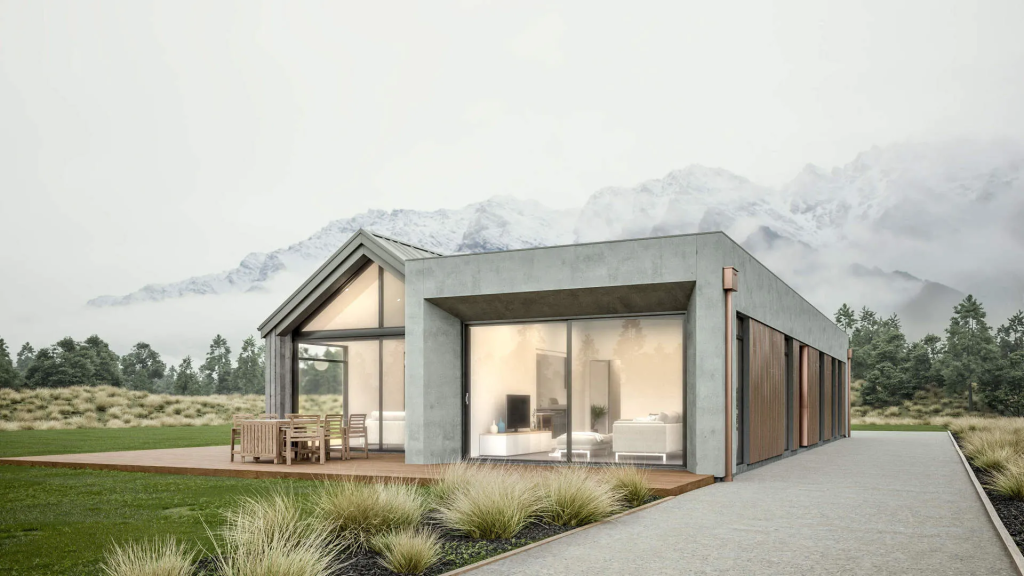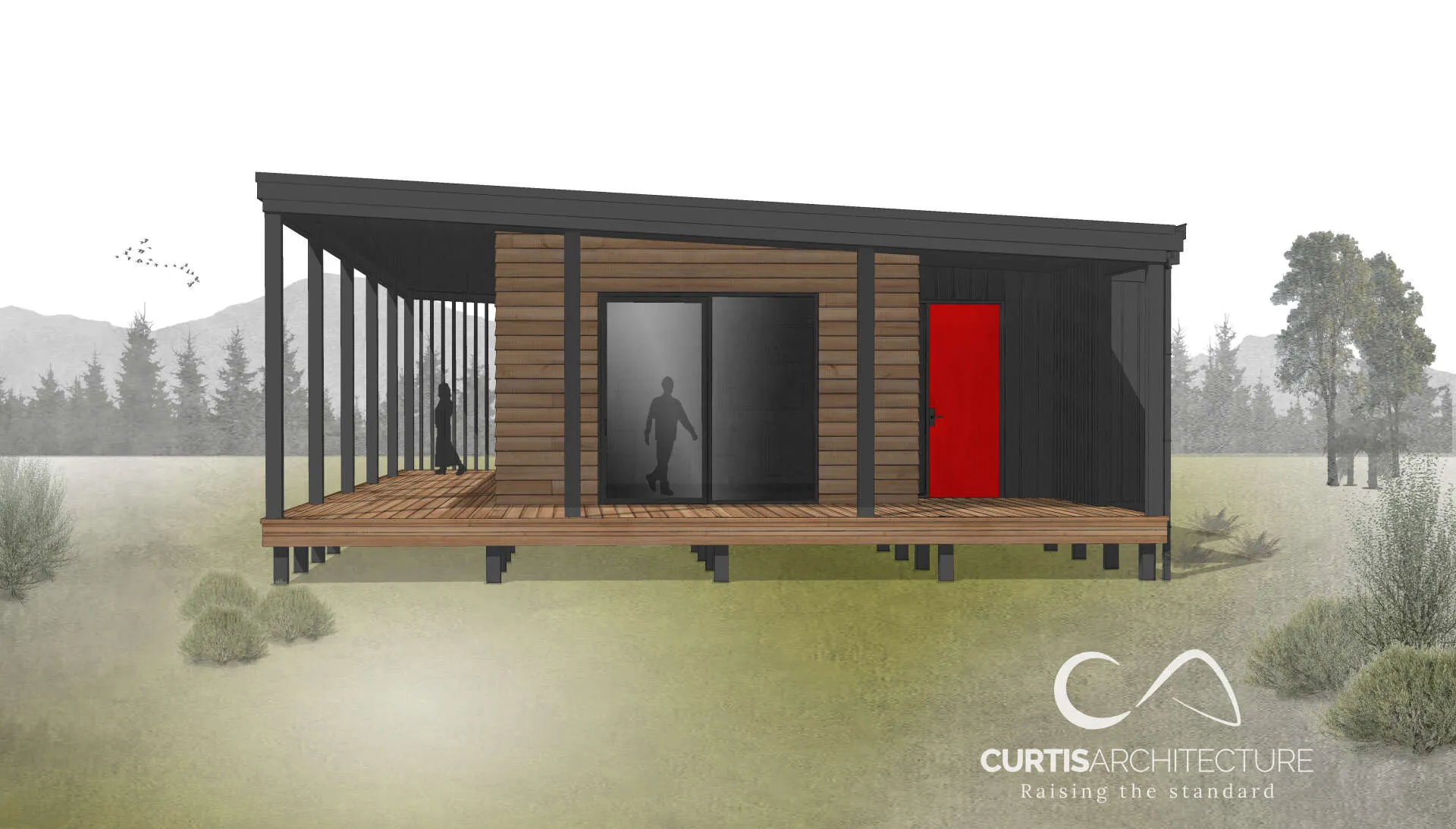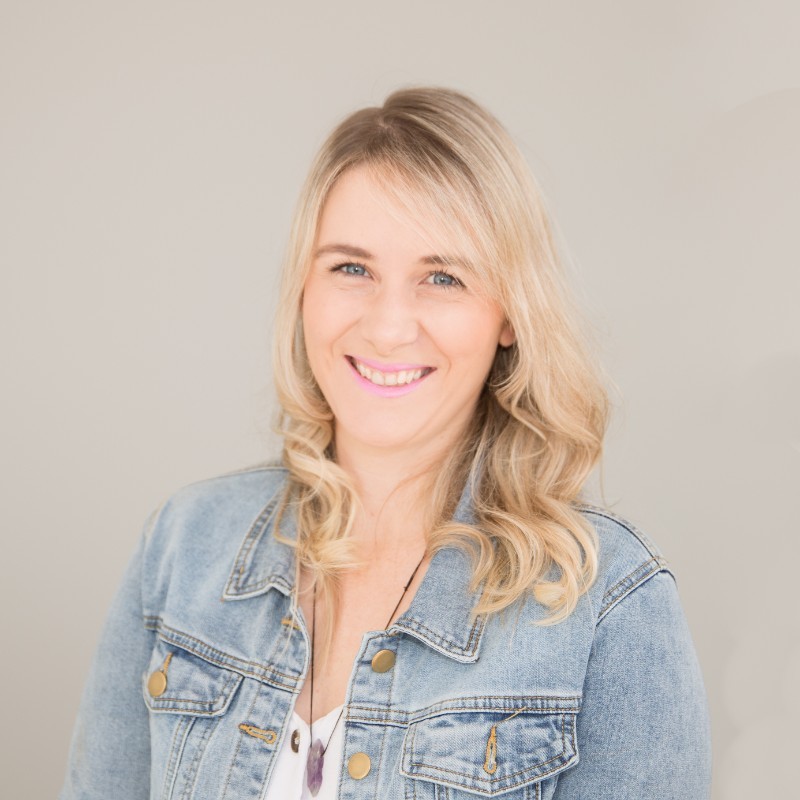Podcast: Play in new window | Download | Embed
“You could be an architect one day,” was a comment made by an school teacher that has influenced the life of Casey Curtis.
Out of necessity, Casey joined a group home builder after completing her deisgn degree in Christchurch. It was 2010 and she felt fortunate to have a job at the time as the world trying to climb out of recession. She made the most of this opportunity to learn everything from selling homes in a showhome to doing quantity surveying.
In this interview, Casey shares tips on how and why to create airtitght buildings, the benefits of a mid build open home, and utilising collaborative design to create the right house for any given site.
SIP Construction
Learning about structural inulsulated panel (SIP) construction was Casey’s introduction to higher performance building. It was something very different from the building code minimums that she had been taught during her degree. Her training was all about r-value, walls that need to ‘breathe’. The concept of airtightness seemed to go against all this.
Casey was interested enough to learn more and started to understand the benefits of airtightness for energy efficiency and health.

Curtis Architecture
The best clients are the ones who have already done a bit of learning. Quite often they may have come across the Healthy Home Guide from the Superhome Movement, or done some reading about Passive House.
As kiwis, we’ve been brought up in and always lived in cold damp houses”, says Casey, “which is standard”. She says it really hard for people to think otherwise if they’ve never lived in or experienced a home that does perform well.
To see her portfolio or work with Casey, check out Casey Architecture.


